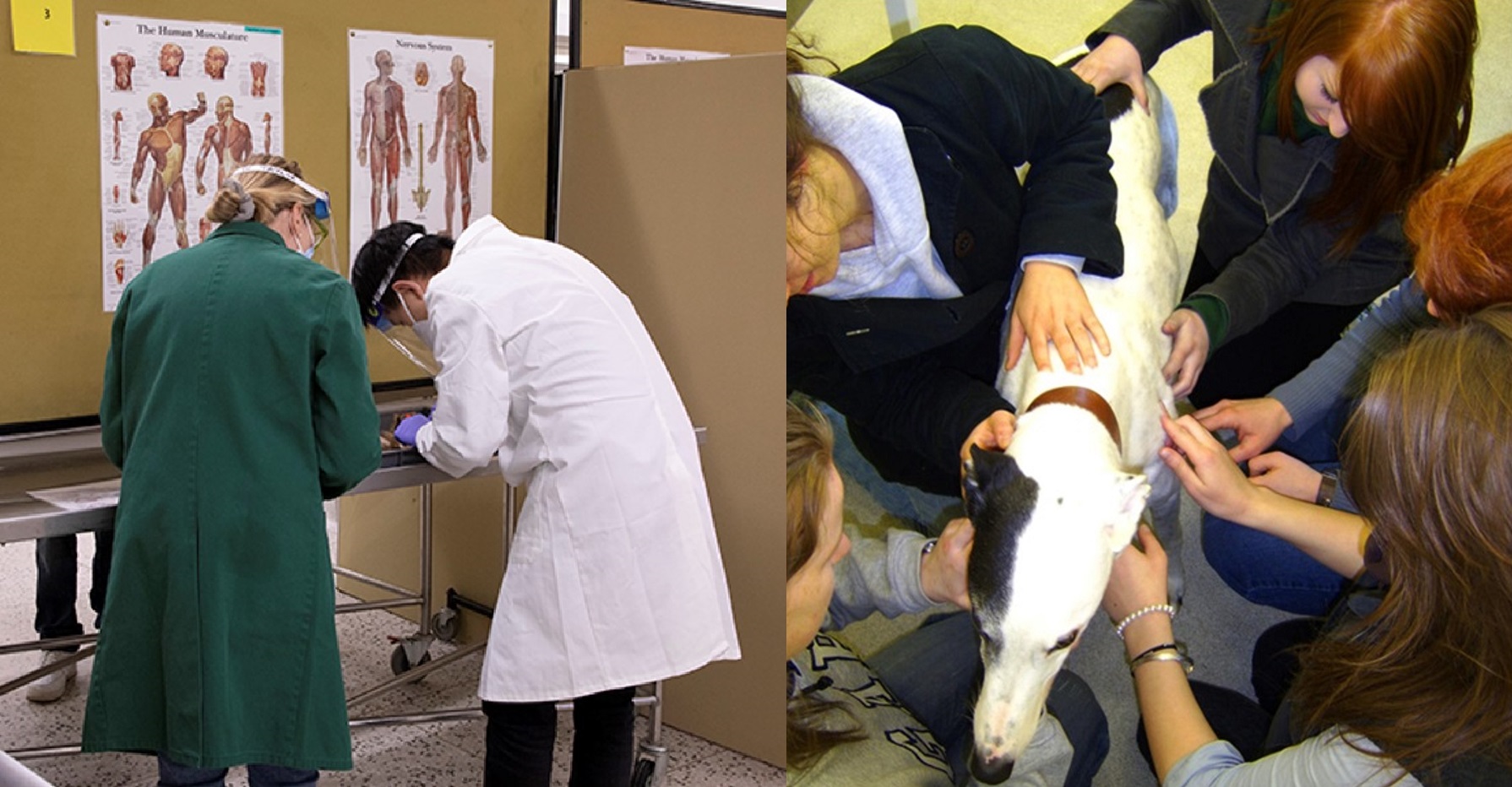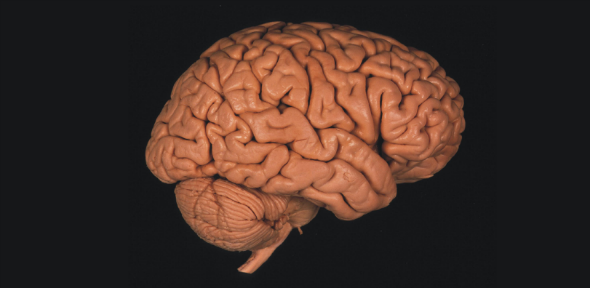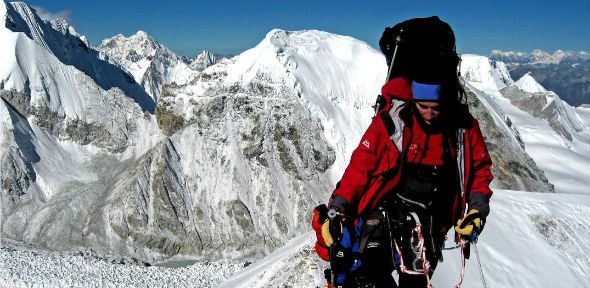VetST IB Comparative Vertebrate BiologyCourse organiser: David Bainbridge (db125[at]cam.ac.uk) |
|
|
MedST IB Head and Neck AnatomyCourse organiser: Cecilia Brassett (cb457[at]cam.ac.uk) |
|
Overview The HNA (Head and Neck Anatomy) course continues the topographical anatomy teaching from the FAB course in MedST Part IA. The course will be taught during the Michaelmas Term with lectures and practical classes comprising learning from prosections, surface anatomy, clinical examination and ultrasound scanning. There will also be applied anatomy seminars to apply the knowledge learnt to clinical scenarios. The course provides students with an understanding of the structure and organisation of the human head and neck, with a focus on the relationship of structure to function. Students will learn the anatomical basis for clinical examination, and apply their knowledge to common pathological conditions. |
MedST IB Human ReproductionCourse organiser: Erica Watson (edw23[at]cam.ac.uk) |
OverviewWelcome to this course in Human Reproduction. Through it you should acquire a sound scientific basis for understanding how we reproduce: a fundamental element of our survival as a species. Whilst the essentials of reproduction are common to all mammals, there are important variations in reproductive strategies between species which it is important for doctors to appreciate in order to interpret correctly the results of medical research. It is also the case that for humans the reproductive process has ramifications that extend through social, familial, sexual, religious, ethical and political aspects of Society. This means that the reproductive process can trigger powerful emotional responses and deep social reactions. The modern medical techniques of assisted reproduction, many of them developed here in Cambridge, repeatedly elicit such responses and reactions: witness the impact of cloning, the use of spermatozoa from dead men in in-vitro fertilisation, the challenge of the new genetics. Issues around gender, sexuality, contraception and abortion have historically generated passionate responses and continue to do so today. As doctors, you will have to confront these strong views and the complex practical and ethical problems that reproduction can bring. In order to do so, you need a firm foundation in the underlying science as it applies to individuals and to populations. In this course we concentrate on your scientific understanding and knowledge, but we point wherever possible to the clinical relevance. Course aimsThe course aims to provide you with a basic understanding of:
Course learning objectivesBy the end of this course of lectures and practicals you should understand:
|
MedST IB Neurobiology and Human Behaviour (NHB)VetST IB Neurobiology and Animal Behaviour (NAB)Course organisers: Steve Edgley (sae1000[at]cam.ac.uk) and Hugh Matthews (hrm1[at]cam.ac.uk) |
OverviewNeurobiology and Behaviour are challenging but central disciplines for clinical practice in both human and animal medicine, and understanding them represents a central challenge for modern science. Our course aims to provide a knowledge and understanding at a level appropriate for medical/veterinary practice, but also to introduce to you where the major challenges lie and to prepare those of you who are interested for continuation of study in this area at Part II. Neurobiology crosses the boundaries of the traditional disciplines in medical sciences ranging from molecular to behavioural sciences. Accordingly the departments of Pharmacology, Physiology, Development and Neuroscience (PDN), Psychology and Veterinary Medicine all contribute. |
NST Part IB NeurobiologyContacts Course Organiser: David Parker, Department of Physiology, Development and Neuroscience (djp27[at]cam.ac.uk) |
|
The course aims to give a contemporary account of what is widely believed to be the biggest question facing science: how does the brain allow us to perceive and interact with the world, and what causes these processes to go wrong? We know that even "simpler" nervous systems outperform the most advanced computing and robotic systems, but we are unsure why. The need to address these questions is evidenced by the current "big science" projects funded by the European Union (the billion Euro "Human Brain Project") and the US government (the billion dollar "BRAIN project"). |
NST IB PhysiologyCourse organiser: Stewart Sage (sos10[at]cam.ac.uk) |
OverviewThe aim of this course is to give comprehensive coverage to systems physiology, concentrating on mammals, in particular man. The course builds from knowledge of function at the cellular level to the complex operation of major body systems at the level of the whole organism. About 80% of the course is devoted to the study of all the major body systems. The remaining 20% takes an integrated approach to examine how these systems respond to various challenges from the everyday to the extreme. The course begins by exploring the cardiovascular system, breathing, the endocrine system, the kidney and body fluid homeostasis. The Lent term begins with the study of reproductive physiology, starting with the male and female reproductive systems and following events from conception through implantation and embryonic development to parturition, and examining fetal, maternal and neonatal physiology on the way. It continues with digestion, absorption, nutrition and body weight regulation. The early part of the Easter Term looks at the response of the body to exercise, and examines the effects of training and the limitations on performance. Thereafter there is an examination of the body’s responses to extreme conditions presented by life at high altitude, in the Arctic and in the desert and during space flight. These lectures make reference also to how certain animal species have adapted to extreme conditions, not just how humans muddle their way through them! View the 2025-2026 course brochure here Further information for those interested in taking 1B Physiology |
VetST IB Veterinary Reproductive BiologyCourse organiser: David Bainbridge (db125[at]cam.ac.uk) |
OverviewReproduction is, in my opinion, where animals start to get interesting. Most of the rest of anatomy and physiology is about allowing animals to 'keep going' - moving around the place, breathing, eating, urinating and so on. Even the nervous system, no matter how complex, is simply there to allow animals to generate responses to the environment. Yet reproduction is fundamentally different - it is when animals start to do something altogether miraculous. They step forward from the need just to survive, and direct their attentions to making little copies of themselves. No animal is immortal and the way animals can cheat death is by making babies. In this way their genes can outlive the temporary vessel of their body and effectively survive forever. Everything has its price, of course, and the price of reproduction is high. I think it is fair to say that breeding is just about the most energetically demanding thing that animals ever do. Many individuals fail to breed and many die in the attempt. Reproduction is stressful, whether an animal is scraping a living in the wild, or is being forced to be productive in the service of man. Coping with this stress requires the coordination of almost every system in the body. This course is the story of that coping. The first two thirds of it concern the basic physiology of the process and is co-taught with the natural scientists. The other third is for vets only - it allows us to apply our knowledge to the variety of domestic animals, and the situations into which we have forced them. |








